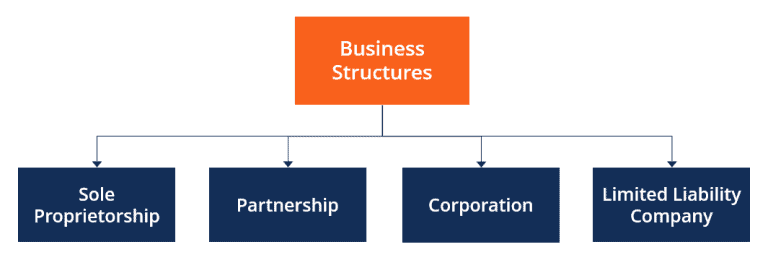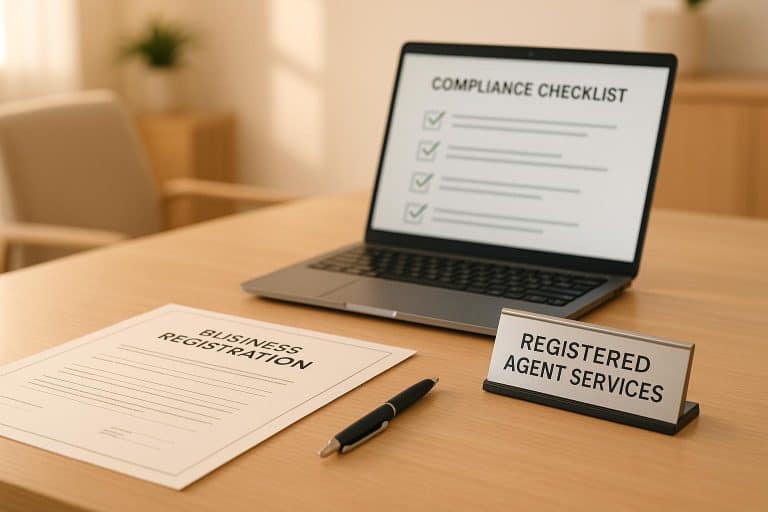[4 Minute Read]
10 Steps to Minimizing Business Spending
Looking for a way to maximize profits and minimize expenses? That’s smart business thinking. And we’re here to help you.
Read this guide to find out how to easily cut business expenses.
What Are Business Expenses?
We all know what they are. Business expenses are expenses your business incurs for… well, for anything. It could be rent, employee salaries, materials, and anything else that’s needed for the running of your business.
Usually, the equation goes like this. Turnover – expenses = profit. So it makes sense that keeping expenses to the minimum is a good idea.
How Can a Business Reduce Expenses?
The easiest way to reduce expenses is by evaluating your business’ current spending. Until you look at your outgoing expenses, you won’t know where your money goes.
When you evaluate your current spending, you can start making decisions about expense reduction. Prioritize certain expenses, shop around for better alternatives, and so on. This will create your cost cutting strategy.
What is a Cost Cutting Strategy?
A cost cutting strategy makes the hairs on the back of the employees’ necks’ stick up. Why? It usually means someone is about to get fired.
However, a cost cutting strategy can be a normal part of your business. Having an on-going cost cutting strategy will take the edge off the phrase and improve your financial performance. Use your strategy to regularly review spending and optimize your business’ finances.
What Are the Easiest Business Expenses to Cut?
This varies from business to business.
For example, rent is one of the biggest expenses businesses face. It’s possible to cut it out of the equation, and some businesses might find it relatively easy to close down their office and move their employees online, saving thousands of dollars by doing so. However, it might be impossible for a different business.
When you evaluate your business expenses you will be able to see which ones are the easiest to cut/ minimize.
We prepared a list to get you started and give you some practical tips and ideas.
1. Go Remote to Save Money on Business Expenses
Wondering how you can manage office expenses? How about getting rid of the office?
While some businesses suffered during the pandemic, losing much of their turnover during the past two years, some increased their productivity and saved a lot of money. How? By going completely remote.
It’s absolutely true that running your business remotely will save you a lot of $$’s.
You’re looking at a saving of thousands of dollars per year by cutting out real estate out of the deal. Not to mention all the associated costs with office management, maintenance, equipment, and bills.
It’s the biggest saving you can make, and while the rest of this article is useful, going remote is the king of cost saving for businesses.
Do I Need a Physical Address for My Business: Read Our Guide Here
2. Go Paperless to Cut Business Costs
Thanks to technology we can say goodbye to messy notepads, drawers full of paper files, huge printers, and so on. Going paperless makes things more organized, smooth, and cheaper.
If you go remote, you’ll pretty much be a paperless business. No office, no paperwork. Right? Right. All you’ll have to do is keep your docs in the cloud, and you’re good to go.
We have a full article on going paperless here. You’ll find a list of tools there that will maximize your productivity as a paperless office. Even if you’re not remote.
So, how does a paperless office cut expenses? Think stationary orders, expensive equipment like printers, photocopiers, scanners. Maintenance costs of that expensive equipment.
Additionally, if you’re not a remote office, think about all the extra space you’ll gain when you lose the paper archives and the mountains of stationary…
You could sublet a part of your office or even downgrade to cut costs. You can also put some plants and a sofa to create a space for your employees to relax, that could improve their productivity a little, right?
We recommend tools like virtual mailbox and online notary to help you run paperless.
3. In-House Marketing to Reduce Business Costs
Marketing usually consumes the biggest chunk of a business’s budget. This makes sense. Without it, businesses wouldn’t survive.
You can cut business costs by looking at your current marketing strategy and seeing what you and your team can do in-house.
Certain things, like managing social media, could be done by you or your employees. This depends on your marketing strategy and skills, of course. Either way, it’s good to revisit your marketing efforts and see where you could save.
Tip: Don’t overdo this and DIY important campaigns that you don’t have the skills to execute. This can cut your costs but also your profits and growth.
4. Maximize Employee Skills And Minimize Business Expenditure
If you have a team working with you, it’s good to maximize their skills.
Do you know your team well? Do you know what they’re good at, outside of their job?
Maybe one of your employees is a great video editor? Maybe someone on your team can take on the role of a strategist.
Ask around, find out what they like to do and what they’re good at. You’d be surprised how talented your team is. Then use their skills when possible, instead of hiring contractors.
5. Time Efficiency
When was the last time you analyzed your regular processes?
Things like endless paperwork, slow computer systems, etc. can slow your business down. You and your employees can spend hours each week, running circles or jumping through useless hoops to complete mundane tasks.
Going over your processes can bring back a lot of wasted hours that can be used on more productive and creative processes that encourage growth.
6. Harness Technology
Are you using technology to your advantage? Do you need to have that meeting in person, or could you do it online? Is it better to keep your notes online as opposed to in a messy notepad? Will bookkeeping software make end-of-year accounting faster?
Technology is here to stay, make use of it! In the long run, it’ll make your work more efficient and can help you save a lot of money.
7. Shop Around for the Best Business Deals
Sometimes we make fast decisions because we’re pressured by deadlines, or we don’t have the time to do the research.
Could you get a better insurance provider? A better accountant? A cheaper internet provider?
There are many competitors for your current providers, if you shop around you can really get a good deal!
8. Pay Invoices Early
This is a no-brainer. Most suppliers offer a discount to those that pay their invoices sooner, than later. You can save even up to 15% by paying it right away.
9. Negotiate
When you’re signing a new contract or hiring a new contractor, always negotiate the pricing.
The worst that’ll happen is they’ll say no, and you’ll get better at your negotiation skills. But, in most cases, they’ll say yes to keep your business.
We often forget that pricing is flexible, especially in the B2B world.
10. Network
Networking with other businesses and professionals is a good form of marketing. But, it’s also a good way to save on expenses.
How can networking cut your business expenses?
Think of a scenario where a business owner you network with is, for example, selling equipment that you happen to need. Or, someone you connect with puts you in touch with an awesome provider that offers great rates and discounts.
Another idea is, you might be able to do combined/ bulk buys with other businesses on equipment etc.
The power of connection is limitless.
Start Cost Cutting by Going Remote!
The first step is to set up a virtual mailbox that will receive your mail and upload it onto a platform for you. When you know your mail is being received, you can start the transfer to a remote office.
Move your mail to a virtual mailbox service, and go remote!
Click here to start.








